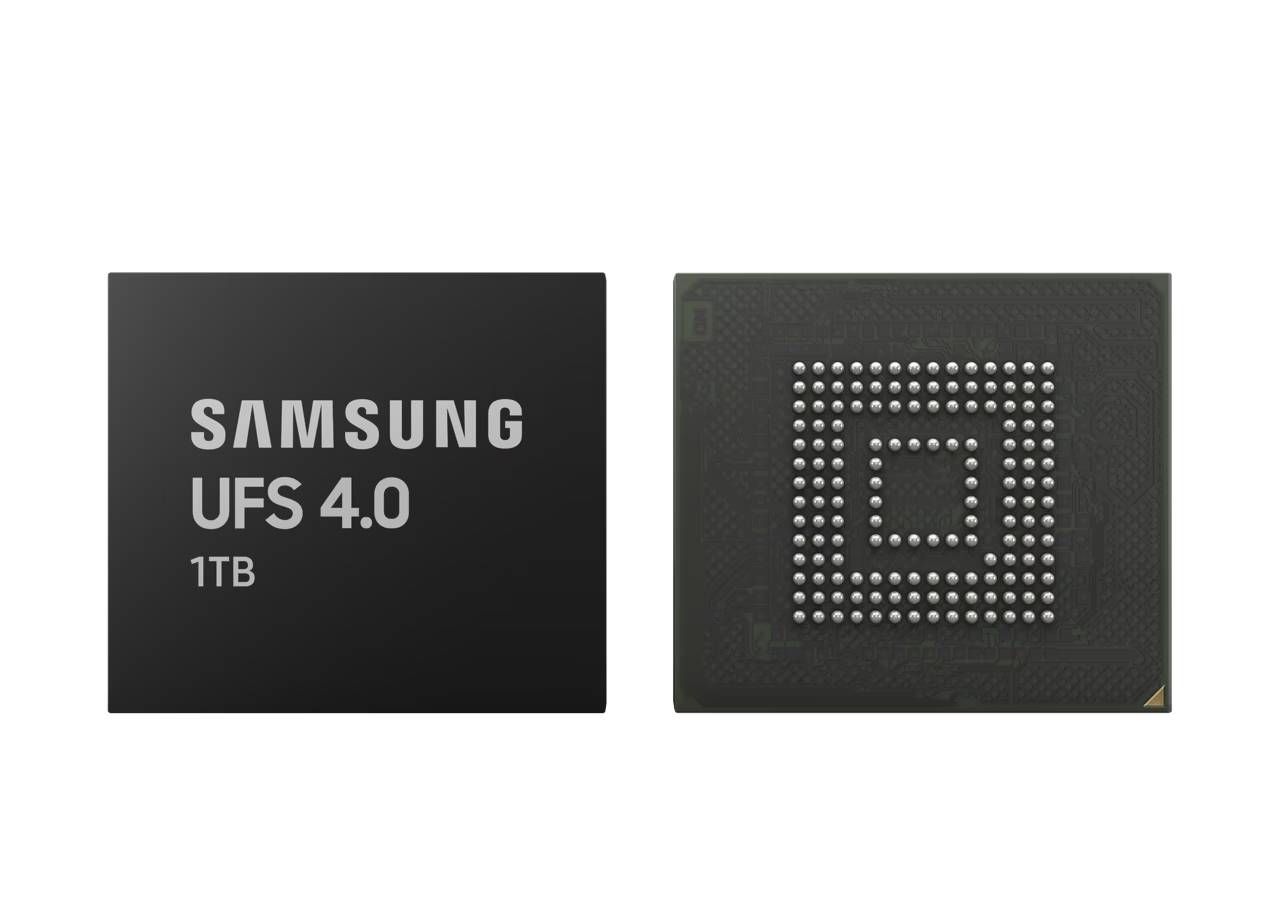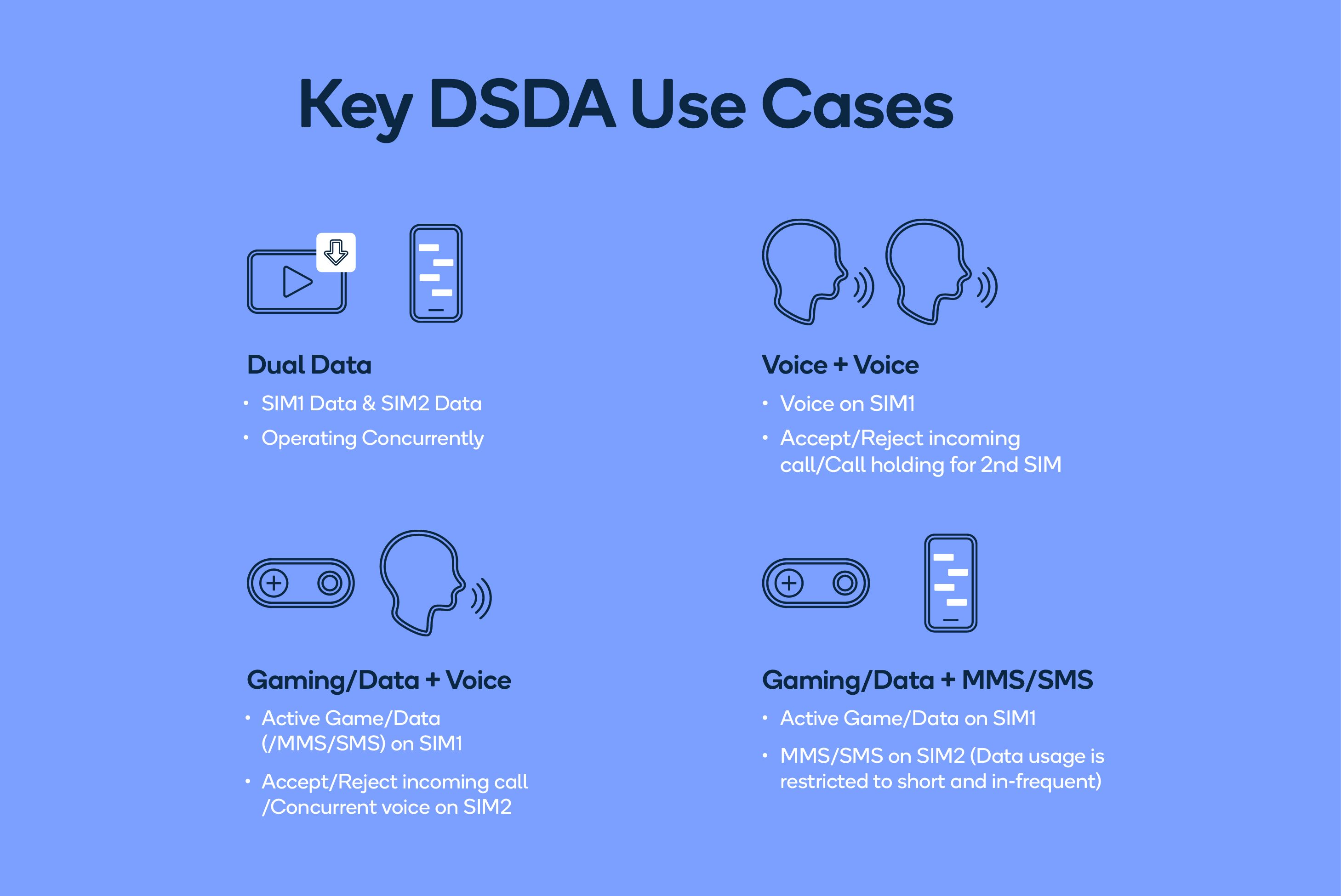When you buy a phone, you expect it to have all the advertised features. Some selling points, like constantly evolving AI toolkits, might take time to implement. Others, like dual SIM card support or a particular microchip version, are largely baked into the hardware. If they’re advertised, it’s frustrating if you don’t get them.
That’s what happened with three distinct features OnePlus promised in the 12 and 12R. These weren’t major miscues, and there’s no reason to think OnePlus intentionally misled buyers, but its fans can be very particular — and we don’t blame them for feeling a little miffed.
The three features that never were
The OnePlus 12R and UFS 4.0 storage
The initial 12R spec sheet claimed the 256GB version uses a UFS 4.0 storage controller, as opposed to the more common UFS 3.1 module. On paper, UFS 4.0 roughly doubles 3.1’s sequential write speed, while halving power consumption — seemingly a major upgrade.
Source: Samsung
But UFS 3.1’s 2,100MBps peak sequential write and roughly 70K IOPS are already blazing fast, and you’re unlikely to notice a real-world difference. Plus, storage speeds are significantly affected by specific UFS features, like Turbo Write and Host Performance Booster, that manufacturers can selectively choose to enable.
The 256GB 12R’s lack of UFS 4.0 didn’t change our opinion of it. But it’s frustrating and worrisome that OnePlus made this promise — as minor as it is — and didn’t follow through. Once rumors began to swirl, OnePlus made a statement on its community forums:
I’m writing today to let you know that we have made a mistake in our communications for OnePlus 12R and to explain what happens next.
During the launch of the OnePlus 12R, we announced Trinity Engine, a new set of software algorithms that help keep your phone’s memory and storage running fast and smooth for years to come. Due to an error, we stated that the storage enhanced by Trinity Engine would be UFS 4.0 in some variants. I can now confirm that the storage in all variants of the OnePlus 12R is still enhanced by Trinity Engine but is actually UFS 3.1.
OnePlus gets credit for acknowledging and apologizing for the mixup, even if it didn’t explain much. Updating underlying OS/hardware optimizations (which all phones have, under different branding) doesn’t seemingly affect which hardware version of a storage controller the company purchased and installed.
Source: OnePlus
But we’ll buy the idea that it was a simple internal miscommunication, and an honest mistake. Such a small feature would be silly to lie about. And, for what it’s worth, OP is offering refunds for disgruntled OnePlus 12 buyers.
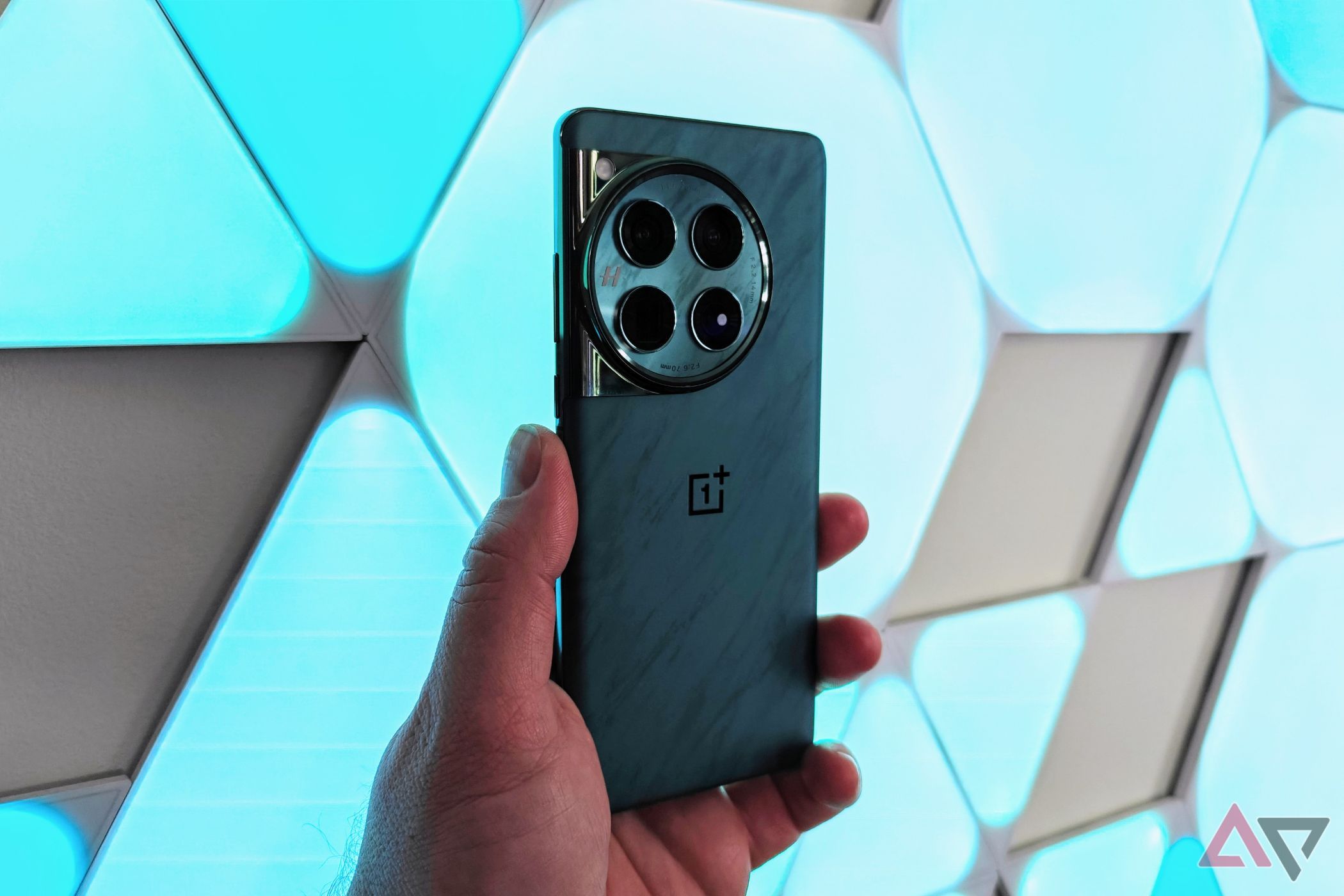
OnePlus 12 review: All flagship, no AI
This phone leaves nothing on the table, making for a truly complete package
OnePlus 12 dual SIM/dual active support
OnePlus makes some of the few great dual-SIM US phones. Nearly all dual-SIM phones keep one active and one in standby mode. It’s easy to switch between them, but you can’t, for example, send an SMS message using one number while making a call with the other.
Source: Qualcomm
Dual SIM dual active allows that. It’s not very relevant in the US, but gets more attention in other markets (like India), where carriers are more abundant and offer wildly differing coverage areas.
OnePlus advertised the US OnePlus 12 as a DSDA device as recently as February 10. It appears to have been removed sometime in the next month, although a second DSDA claim remains on the checkout page. We reached out to OnePlus PR, who specified the US OnePlus 12 is not a DSDA device, and there are no plans to change that. We’re still waiting for clarification on the Indian version.
The implications here are different from the UFS mixup. Slower storage affects every user, albeit marginally. A completely missing feature only affects a tiny percentage of users, but they’re out of luck if they need it. Nonetheless, almost no other phones support DSDA, making this another relatively minor mistake. But what’s that saying about, “Fool me once,”?
OnePlus 12 eSIM support in India
To our knowledge, this only applies to the India-market OnePlus 12, which doesn’t support eSIM as once advertised. Plenty of phones take a month or two to enable eSIM support, but OnePlus has since adjusted the specs page to indicate that support likely doesn’t exist.
To be thorough, we asked OnePlus PR to clarify if and when the Indian release of the 12 would get the feature. We were told someone would follow up with us as soon as they could, potentially indicating an ongoing effort. We can’t really speculate, since this could result from various technological, regulatory, commercial, or contractual obstacles.
Multiple Indian carriers support eSIM, yet OnePlus quietly added “Not Supported” to the specs after launch
Missing eSIM support in an emerging market might be the biggest issue of the three. At least OnePlus hasn’t said, “It doesn’t support it,” or, “We messed up,” but instead implied it could still be in the cards. That’s considerably more forgivable than editing spec sheets post-release and (in DSDA’s case) acting like the claim never existed.
2:43
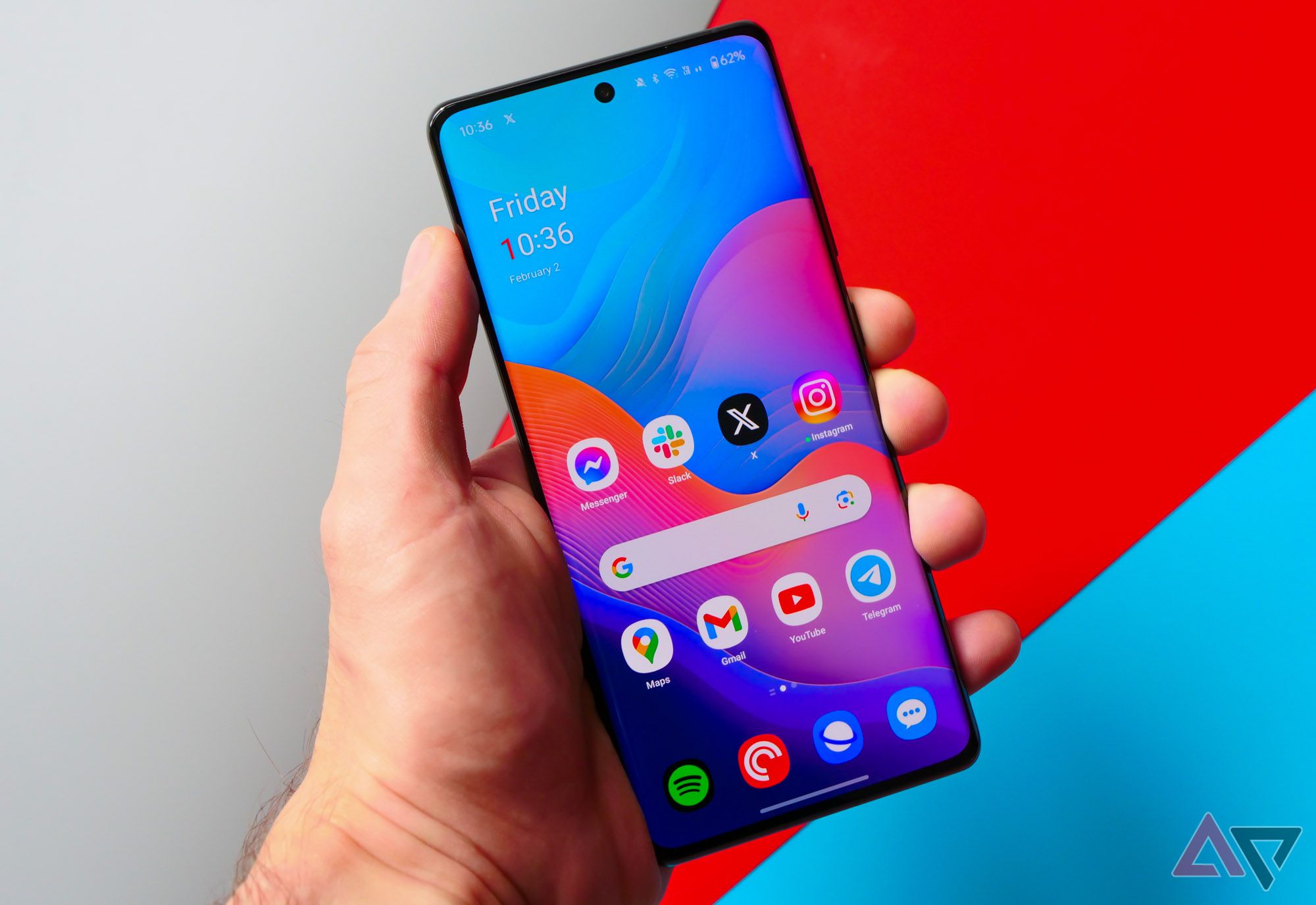
OnePlus 12R review: A real flagship killer for $500
A phone that packs all the power you need for the price you want to pay
What does this say about OnePlus and parent company Oppo?
Oppo has been the third-largest manufacturer by global market share for several years running. This short but real series of marketing mistakes partly points to the fact that it and subsidiary OnePlus operate in many markets worldwide, which can be vastly more competitive, and offer significantly different hardware sourcing opportunities than others. Maybe a company needs more top-level features to compete in some regions, or it can supply those cutting-edge controllers at a lower price. But those are just hypothetical examples.
Source: Oppo
OnePlus’ quick decision to acknowledge the storage issue sits well with us. The implication that it’s still resolving India eSIM support also assuages our fears. OnePlus’ failure to even remotely acknowledge the original DSDA claims (via statement or PR team) is, admittedly, a little less encouraging. It could have at least offered some kind of hand-wave explanation instead of just mentioning it would fix the remaining misleading spec page.
What does it mean for users?
At the end of the day, these missing features are negligible for a large majority of users. And OnePlus isn’t exactly notorious for misleading consumers. While it stings a little seeing promised specs disappear, there’s hope that OnePlus can clean things up moving forward, if for no other reason than to retain the goodwill of its apparently die-hard contingent of fans.
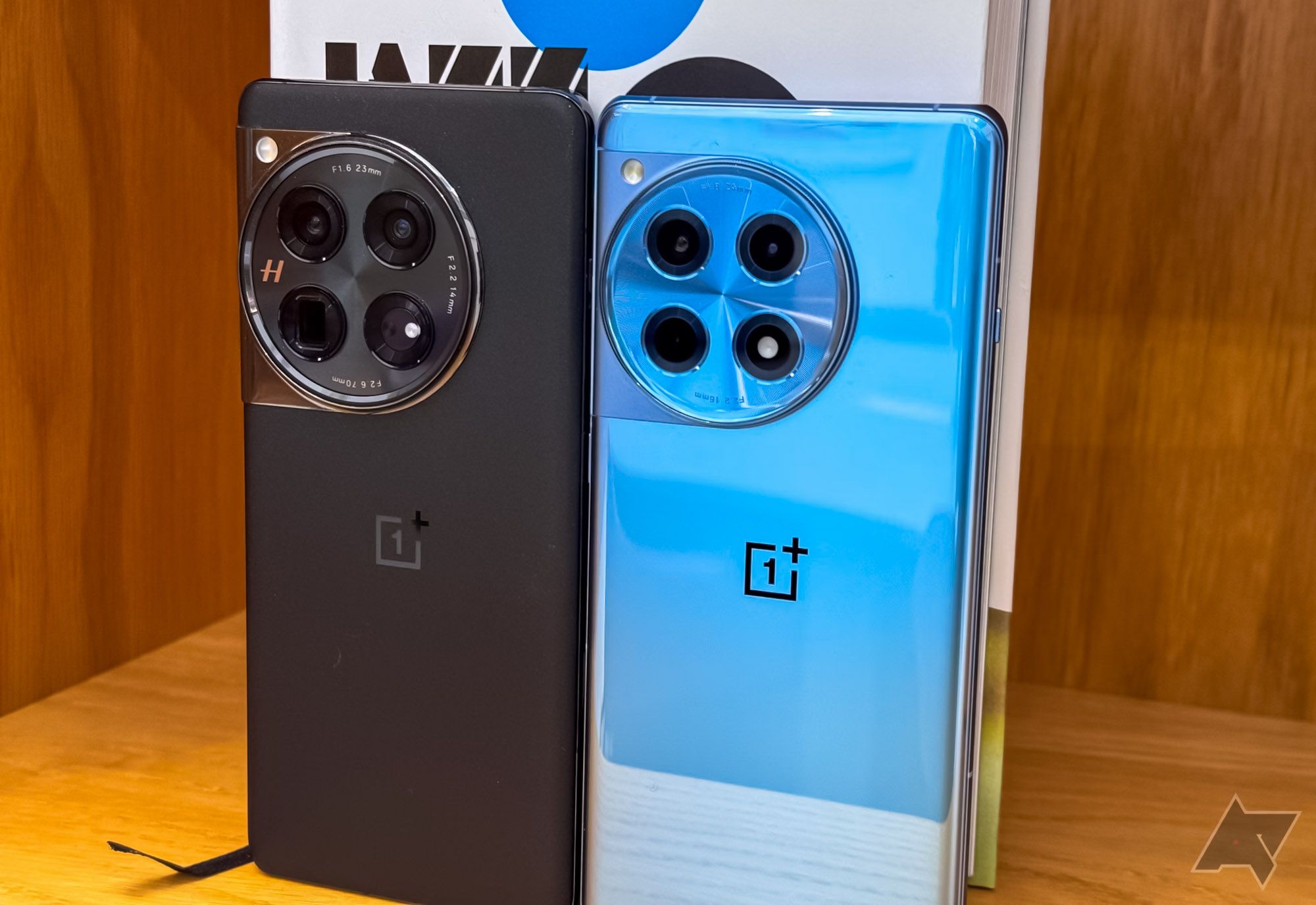
I tested the OnePlus 12 series to see how big of a difference $300 makes
From photo quality to battery life, here’s what you’ll get — or lose — depending on your purchase
Source link

